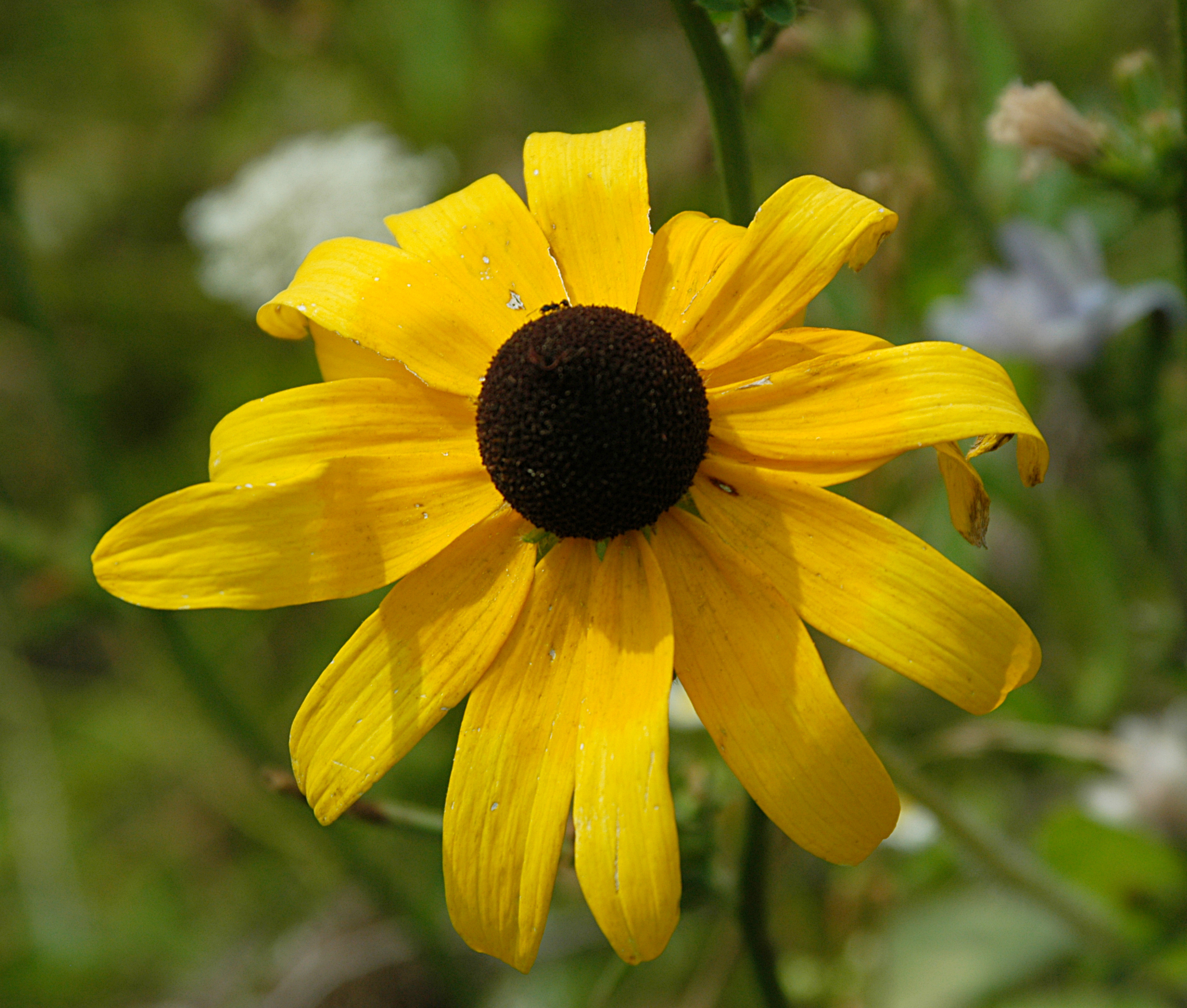It is the state flower of Maryland.
The plant also is a traditional Native American medicinal herb in several tribal nations; believed in those cultures to be a remedy, among other things, for colds, flu, infection, swelling and (topically, by poultice) for snake bite (although not all parts of the plant are edible)
Parts of the plant have nutritional value. Other parts are not edible.

R. hirta is widely cultivated in parks and gardens, for summer bedding schemes, borders, containers, wildflower gardens, prairie-style plantings and cut flowers. Numerous cultivars have been developed, of which 'Indian Summer'and 'Toto' have gained the Royal Horticultural Society's Award of Garden Merit. Other popular cultivars include 'Double Gold' and 'Marmalade'.
Gloriosa daisies are tetraploid cultivars having much larger flowers than the species, often doubled or with contrasting markings on the petals. They were first bred by Alfred Blakeslee of Smith College by applying colchicine to R. hirta seeds; Blakeslee's stock was further developed by W. Atlee Burpee and introduced to commerce at the 1957 Philadelphia Flower Show. Gloriosa daisies are generally treated as annuals or short-lived perennials and are typically grown from seed, though there are some named cultivars.

No comments:
Post a Comment